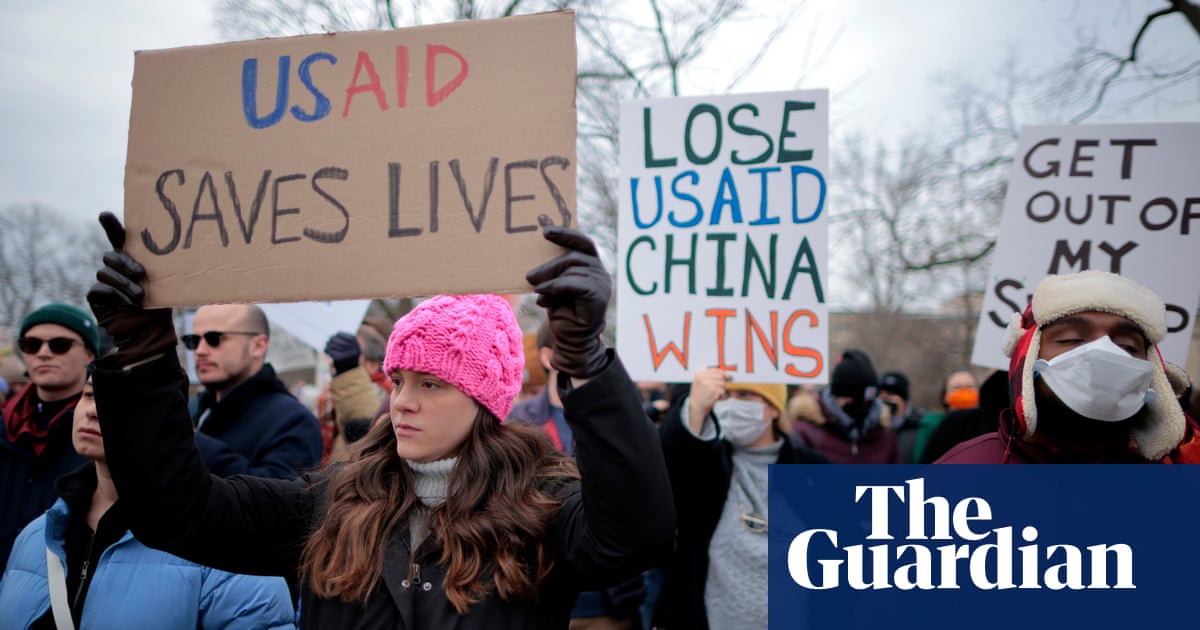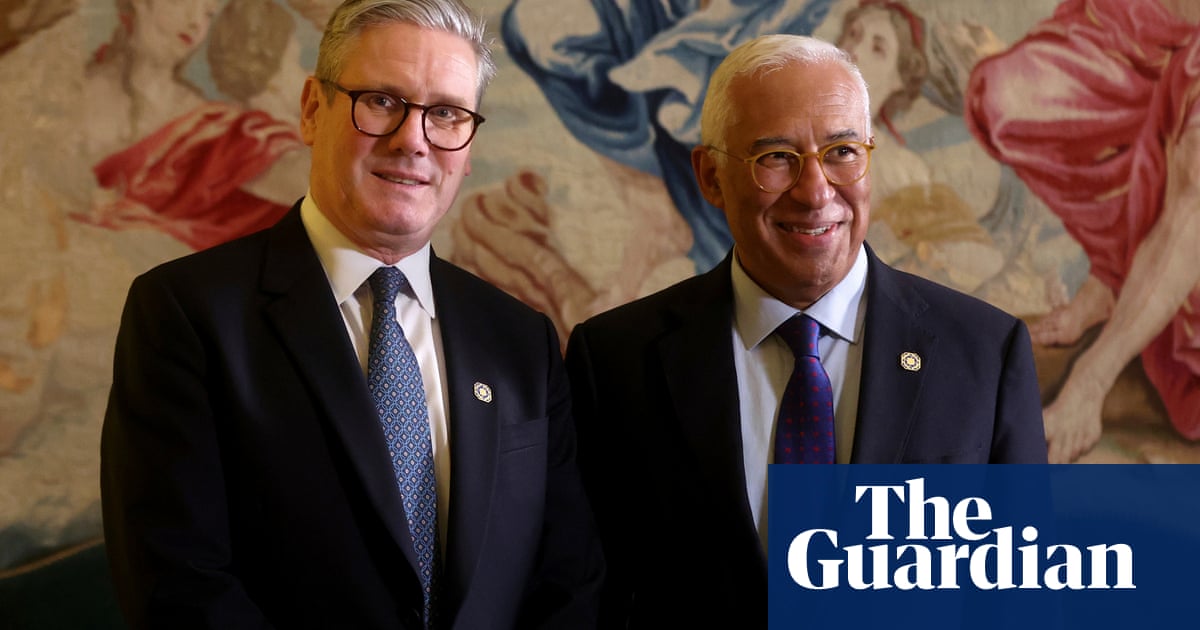If you’ve ever been stuck waiting in line for a cup of coffee, you may have some idea how the soldiers of the 23rd Regiment felt on the first afternoon of the Battle of Antietam. On what would eventually be known as the deadliest day in American history, soldiers lying in wait had become famished, when suddenly, to the front lines, a hero emerged to serve coffee to the troops. That young commissary officer, William McKinley, would one day become the 25th President of the United States. This historic coffee run is now strangely immortalized on a relief found in Wilmington, Delaware, far from the battle, near the banks of Brandywine Creek.
On September 17, 1862, the future president was 19 years old, serving as the acting Commissary Sergeant for the 23rd Ohio Infantry. His division had been ordered to create a diversion, going to their battle positions at 2 a.m. without breakfast or rations. Under heavy Confederate fire, the unit was forced to retreat to a defensive position, as the hours ticked away.
By the afternoon, McKinley knew that his soldiers were famished and awaiting orders to advance. Without orders, he began to have his team prepare rations. Loading up a wagon train with food and a barrel of ground coffee, he asked a volunteer to join him and rode “at a breakneck speed” to the front lines of the battle. Two Union officers told him to turn back, but Sergeant McKinley decided to run the blockade. With his horses in full gallop, he put his life in danger, delivering the rations under fire so heavy that the back of the wagon was blown off.
At the front lines, Sgt. McKinley leapt to greet Major James Monroe Comly, the acting commander. Soldiers in the unit erupted with cheers and McKinley was widely praised for his bravery and quick thinking. Perhaps relatedly, the 23rd Regiment suffered fewer casualties than most other units that day. Major Comly recommended McKinley for a promotion, writing “He delivered [rations] to us under fire…with perfect method and coolness…We had plenty, when everybody else was short.”
The ambitious McKinley was eager to receive the promotion, and this story of his heroic moment would become a part of his campaign biography and speeches as he rose politically. Years later, after McKinley was felled by an assassin’s bullet, many in the country, particularly members of the Republican Party, were overcome by grief. In Delaware, George Gray, a former Delaware Senator and a close friend of McKinley, led the effort to create a monument befitting the former President, using the famous anecdote to illustrate his life.
The McKinley Monument Association selected James Edward Kelly to create the monument. Kelly was captivated by the Civil War as a youth, and had resolved to only create monuments that valorized American subjects. He was known for a near-obsessive level of commitment to accuracy and detail in his work, which generally focused on specific moments in American history.
And so, Kelly went to work immortalizing McKinley’s act of valor. The resulting monument features two bronze reliefs. The first is a portrait of McKinley, as President, in profile. The second, and far stranger, depicts a young McKinley, holding a bucket, from which he reaches out to offer a cup of coffee to a wounded soldier, while in bas-relief, soldiers unload provisions from a wagon.
Despite the former president’s lack of connection to Delaware, this monument was meant to draw attention to the new park. It would later be moved from its original location during the construction of I-95 to its new home along Brandywine Creek, where it can be found today. And for lucky visitors who need a pick-me-up, they can still visit Wilmington to visit the “Coffee Monument,” when a timely cup of joe helped to save the country.
Article by:Source:












